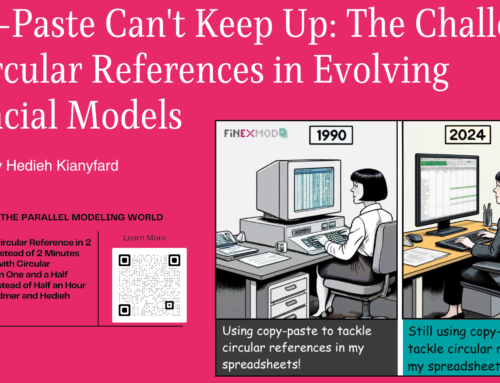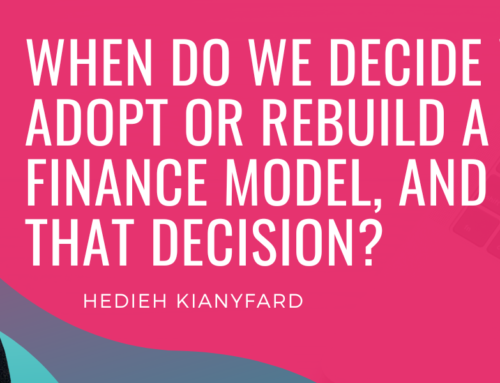In life, there’s an unspoken rule: before you figure out “how,” you must first grapple with the “why.” This principle applies not only to life’s pursuits but also to the process of acquiring new knowledge and skills. Unfortunately, as certain practices become standard practice, people tend to disregard the significance of understanding the “why” behind them, and blindly following trends.
When learning new concepts, it’s crucial to prioritize grasping the “why” before diving into the “how.” This principle holds especially true in the world of financial modeling, where a set of standardized practices has gained widespread acceptance. While these standards are undoubtedly valuable, it’s equally essential to educate individuals about the rationale behind these financial modeling rules.
In this series of blog posts, I’ll revisit fundamental concepts in project finance and delve into the critical “why” questions. In this episode, we’ll focus on the importance of adhering to financial modeling standards.
Why Flexibility Matters?
Financial models are indispensable tools used by various stakeholders throughout a project’s lifecycle. These stakeholders often have diverse perspectives on the project’s future trajectory. Suppose you’re a developer seeking equity partners. In that case, you might encounter a potential co-developer with past experiences involving project failures, delays, and challenges. Their outlook may be more pessimistic than yours, and no amount of presentation slides can alter their viewpoint. Therefore, your models must allow stakeholders to adjust variables to align with their unique perspectives.
Moreover, the project landscape can change during the appraisal stage. Experienced financial modelers, having navigated various projects, can foresee potential shifts and incorporate necessary flexibilities. However, relying solely on templates for your financial model can jeopardize simplicity. Therefore, it’s crucial to build flexibility progressively throughout the project’s life-cycle. This underscores the need for a financial model that evolves alongside your project.
Why Accuracy Matters?
Accuracy is another cornerstone of financial modeling standards. Here’s why it matters:
Staying Up-to-Date: In a constantly evolving world, financial models must stay current. An outdated model, prepared in 2022 with 0% interest rates, loses relevance when 2023 brings interest rates at 4% and inflation fluctuations. Maintaining an accurate model that reflects real-world conditions is imperative.
Credibility: Sending a financial model with outdated or irrelevant information to a financier damages your credibility. Trust is crucial in financial dealings, and an accurate model enhances your standing.
Why Structure Matters?
Structured financial models are easier to understand and work with. Here’s why structure matters:
Readability: Similar to any document, a financial model should have a clear structure, separating inputs from calculations and presenting outputs in a readable format. Users should not require advanced Excel skills to interpret your model.
Why Simplicity Matters?
Simplicity is an art in itself. While explaining “how” to simplify a model can be complex, understanding “why” is simple:
User-Friendliness: Your financial model serves users who may not be Excel experts. Simplification reduces complexity, making it more user-friendly, easier to audit, and less prone to errors.
Why Sustainability Matters?
Sustainability is crucial because your financial model remains a contractual obligation throughout the project lifecycle. Here’s why it matters:
Robustness: Crafting a model that can withstand the test of time demonstrates its robustness. While adjustments are inevitable, building a model that remains relevant throughout the project’s lifecycle is a testament to its sustainability.
Why Transparency Matters?
Transparency is an ethical imperative in financial modeling:
Information Clarity: Unlike text-based documents, financial models can hide information within complex formulas. Transparency ensures that the source of inputs is clear, and the methodology for calculations is well-understood, promoting ethical modeling practices.
If you’re eager to learn the art of building flexible, accurate, structured, simple, sustainable, and transparent financial models, consider signing up for my free course on spreadsheet design at:
https://hedieh-s-school.thinkific.com/courses/Projectfinancespreadsheetdesign


